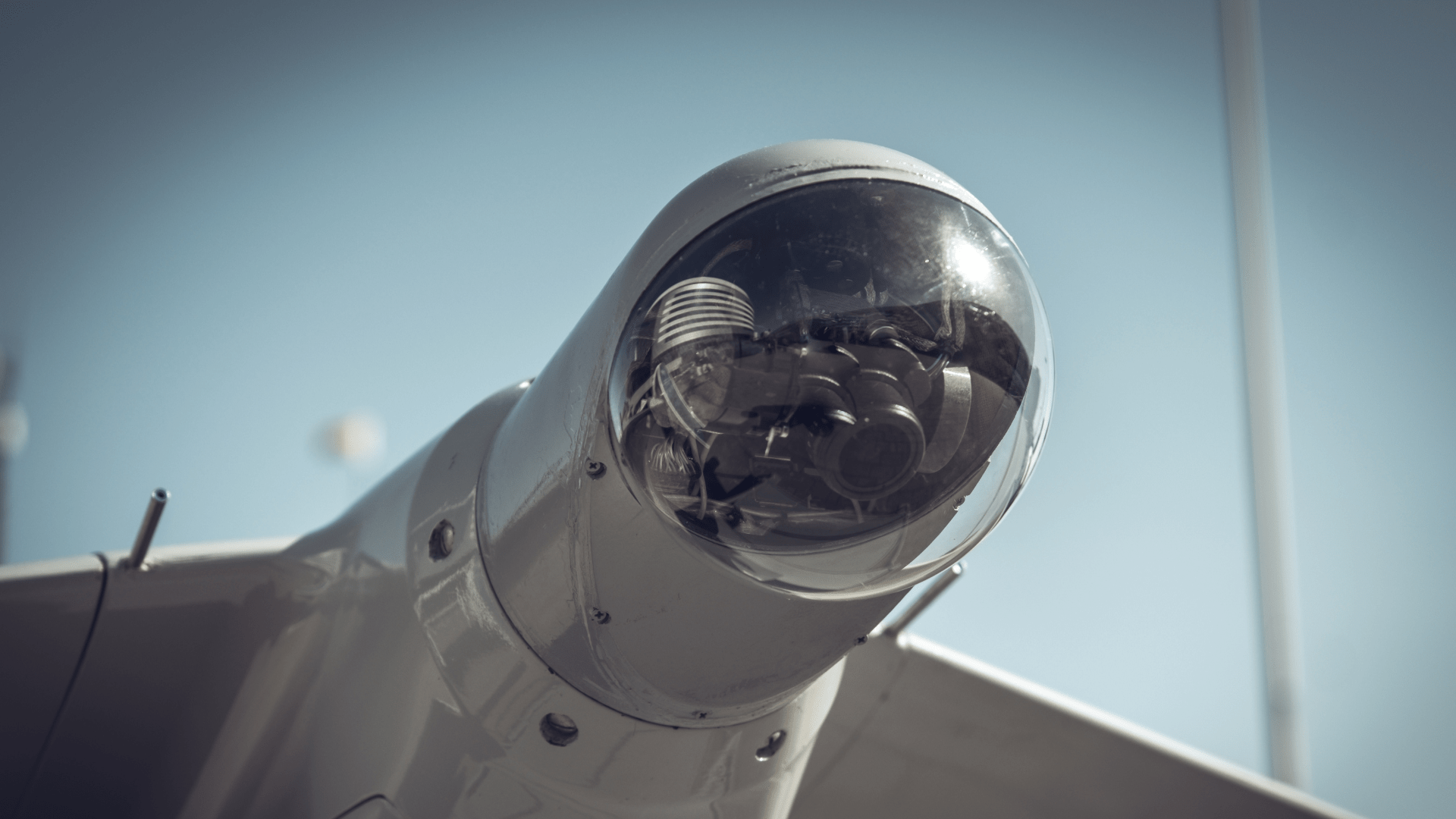
Glossary Definition
Beam Divergence: Impact on Targeting in Thermal Imaging and Night Vision Systems
Beam divergence is a phenomenon that occurs when an infrared or laser beam spreads out over distance due to diffraction. In thermal imaging and night vision systems, understanding beam divergence is crucial, as it directly influences the accuracy and effectiveness of targeting and illumination.
Causes of Beam Divergence:
- Diffraction: Diffraction is the bending and spreading of light waves as they encounter an obstacle or aperture, such as a lens or an opening in the optical system. As the beam propagates through the optical components of the thermal imaging or night vision system, diffraction causes the beam to gradually diverge.
- Beam Optics: The design and quality of the optical components, such as lenses and mirrors, can also affect beam divergence. Imperfections or inaccuracies in these components can lead to increased divergence.
Impact on Targeting and Illumination:
- Accuracy of Targeting: In thermal imaging and night vision systems equipped with laser pointers or designators, accurate targeting is essential for effective engagement of targets. However, as the beam diverges over distance, the spot size on the target increases. This enlargement can affect the precision of the targeting, especially when engaging distant or small targets.
- Effective Illumination Range: For infrared illuminators used in night vision systems, beam divergence can limit the effective illumination range. The broader the beam spreads, the less concentrated the infrared light is on the target, leading to reduced visibility and detection capability at greater distances.
- Spot Size and Intensity: The increasing spot size with distance due to beam divergence can impact the intensity of the illuminated or targeted area. This change in intensity may affect the contrast and clarity of the target in the thermal or night vision imagery.
Mitigating Beam Divergence:
While beam divergence is an inherent physical property, there are measures that can be taken to minimize its impact:
- Quality Optics: Using high-quality optical components with precise manufacturing and coating can help reduce beam divergence and maintain better beam collimation.
- Beam Shaping: Implementing beam shaping techniques, such as using beam expanders or corrective optics, can help control and manage beam divergence to maintain target accuracy and illumination efficiency.
- Proper Calibration: Regular calibration of thermal imaging and night vision systems, including laser designators and illuminators, ensures that the divergence effects are accounted for and that the targeting and illumination accuracy remains reliable.
Conclusion:
Beam divergence is a natural consequence of diffraction and optical characteristics in thermal imaging and night vision systems. Understanding its impact on targeting accuracy and illumination efficiency is essential for optimizing the performance of these systems. By employing quality optics, beam shaping techniques, and proper calibration, the adverse effects of beam divergence can be minimized, ensuring that thermal imaging and night vision systems maintain accurate targeting and effective illumination capabilities over varying distances.


